

Published Date : 2025-May-10
Virtual Reality (VR) is redefining how we teach and learn—transforming passive content into immersive, experiential learning environments. As of 2025, the global VR in education market is accelerating with a projected CAGR of exceeding of 17.88%.
Here are the top companies spearheading this transformation, offering inclusive VR solutions for education globally.
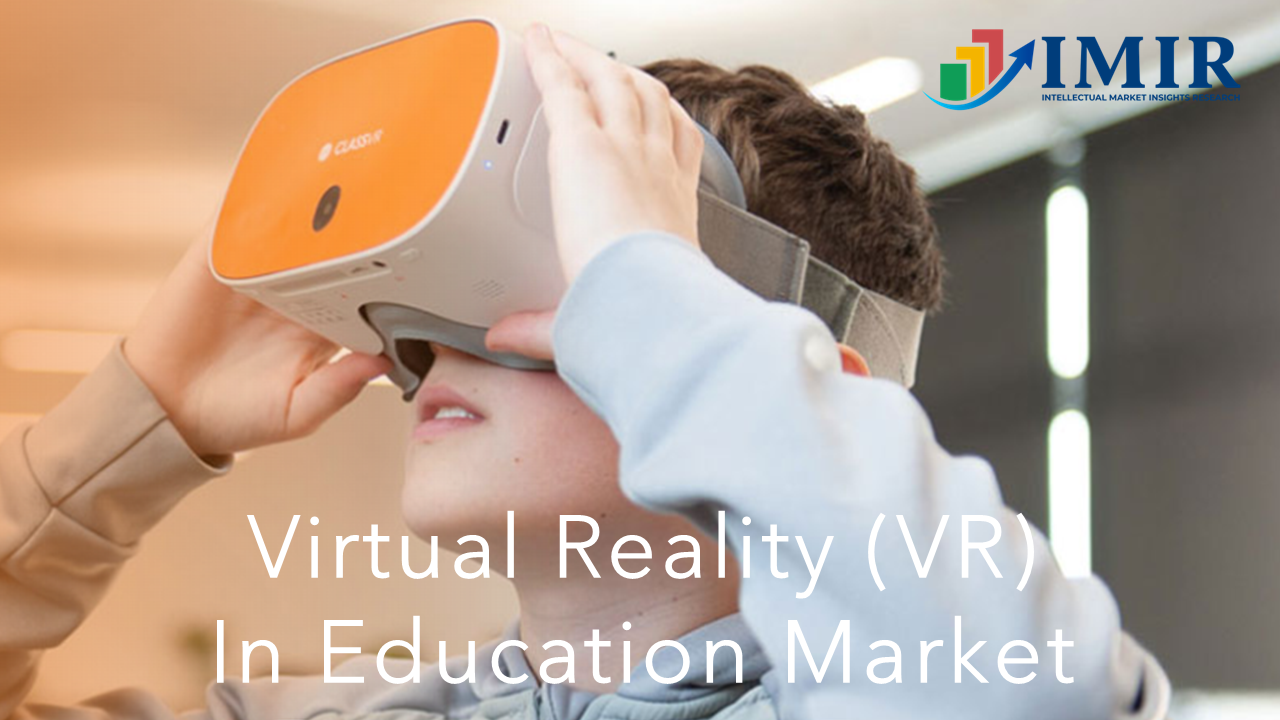
Global Virtual Reality (VR) in Education Market Size, Share & Trends Analysis Report by Component (Hardware, Software, Content), by End User (Academic Institutions (K-12, Higher Education), Corporate Training (IT and Telecommunication, Retail and E-Commerce, Healthcare, Others (Automotive)) and Geography (North America, Europe, Asia-Pacific, Middle East and Africa, and South America), Global Economy Insights, Regional Outlook, Growth Potential, Price Trends, Competitive Market Share & Forecast, (2025-2034).
Virtual Reality (VR) in Education Market size was valued at USD 16.76 Billion in 2024 and is poised to grow from USD 19.76 Billion in 2025 to USD 86.84 Billion by 2034, growing at a CAGR of 17.88% in the forecast period (2025-2034).
Virtual Reality (VR) in Education is a rapidly expanding market that is being driven by the increasing demand for simulation-based learning products to drive interest, interactivity, and understanding. Virtual reality technology, which mimics real-world environments or creates entirely new ones, has found a niche space in schools from K-12 through colleges and corporate training centres. As educators struggle to keep pace with the requirements of a new, tech-savvy generation, VR provides an innovative way of learning and teaching that promises to remake the way content is taught and learned. Arguably the most compelling aspect of VR learning is its ability to create extremely immersive, interactive learning environments with VR, students are able to interact with 3D models, virtual tours, and simulations that would be impossible or impractical in the classroom. For instance, VR may enable a biology student to mimic searching for the human body or take history students to historical cultures, with long-term experiential learning and interactive ones. Immersion makes storing information for the long term easier and improves understanding by making abstractions or complex information concrete.
Other than that, teaching with VR encourages active learning which has already been demonstrated to boost learner motivation and participation. In contrast to passive learning techniques, including the reading of textbooks or listening to lectures, VR makes learners work harder for the information. For example, in a virtual laboratory, learners can conduct experiments without being constrained by the availability of lab space, safety concerns, or costly materials. This freedom to experiment again and again leads to critical thinking and creativity, which are the foundations of good problem-solving in the external world.
One other advantage of VR in education is its ability to cater to a variety of learning styles and needs. Students who are unable to learn in the conventional way, such as students with learning disabilities, can now be capable of accessing bespoke experiences that are compatible with their disability and learning style. Such versatility makes VR an inclusive platform for promoting educational fairness since all learners can access material in a way best for them.
Aside from its use in primary, secondary, and tertiary education, VR also plays a central role in professional training and corporate training. Healthcare, engineering, aviation, and manufacturing sectors are among the ones increasingly utilizing VR for training. Medical students, for example, can practice surgeries within a risk-free virtual environment, while company employees in high-risk sectors can perform safety exercises or learn technical skills through simulation, which is arguably more powerful than conventional methods.
Although promising, the use of VR in education is not without challenges, such as cost, technical specifications, and the necessity for specialized content. High-end VR equipment and content creation are costly, and this could limit access to some institutions, especially in developing areas. Nevertheless, as technology advances and costs reduce, it is anticipated that VR will become increasingly accessible, with wider adoption into classrooms and learning programs globally.
The future of VR in education is bright, as the technology continues to develop, and its uses broaden. As more schools and institutions delve into its possibilities, VR is poised to become an integral tool in the new education system, revolutionizing the way learning is experienced, transmitted, and comprehended. This move towards immersive and experiential learning is ushering a new generation of education where technology is playing an important role in redefining conventional methods of teaching and learning and augmenting the learning process for every student.
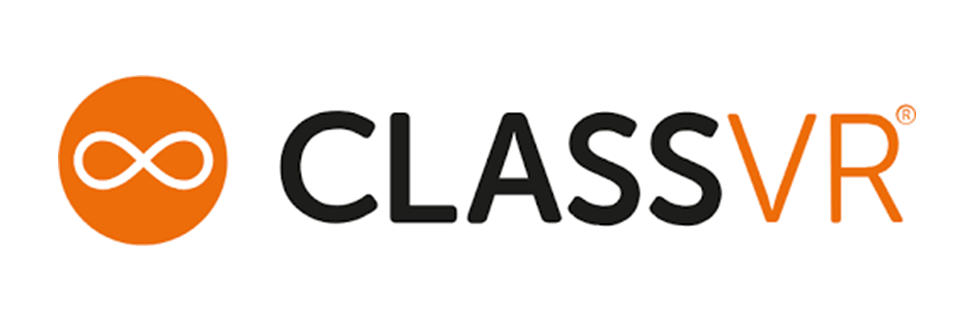
Overview: A pioneer in delivering standalone VR headsets with educational content preloaded for K-12 environments. ClassVR is widely adopted in over 80 countries.

Overview: zSpace is knowns for its AR/VR laptops that allow students to interact with 3D simulations, especially in STEM, medical education primarily used in K–12 STEM, health sciences, and vocational training.
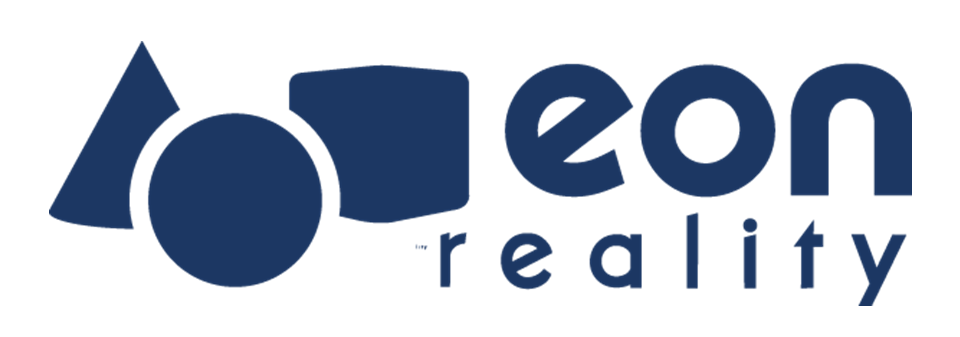
Overview: With global VR Innovation Academies, EON Reality has one of the largest VR education content libraries and is expanding rapidly into developing nations.
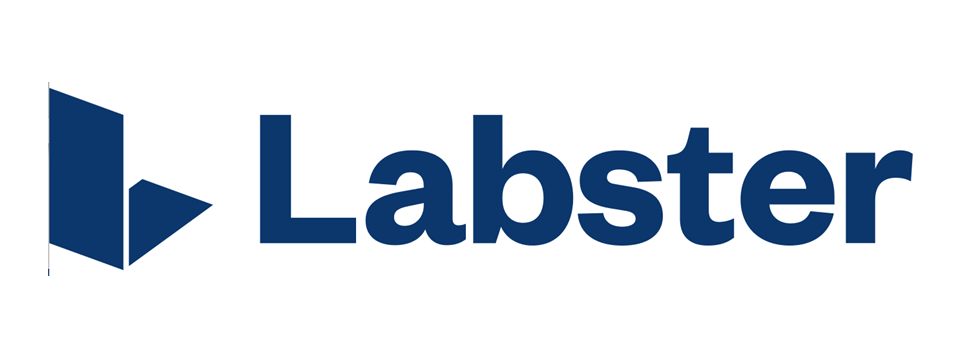
Overview: Delivers virtual science labs accessible via browser and VR, used by over 3 million students worldwide.
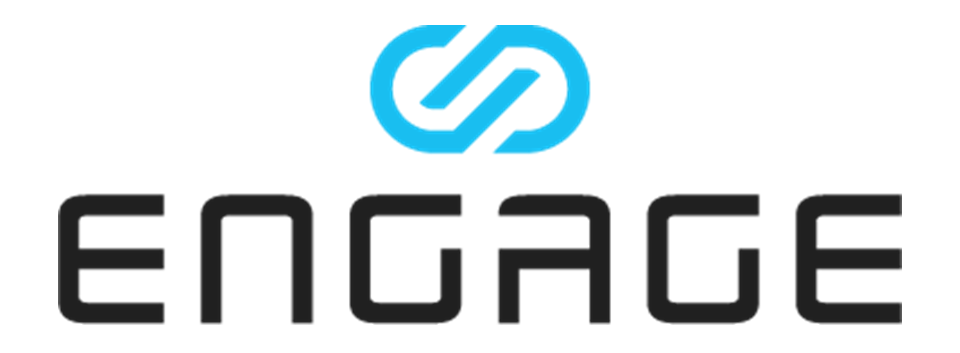
Overview: Engage offers enterprise-grade VR learning environments and has been used by universities and Fortune 500 firms for immersive training.

Overview: Although it retired Expeditions as a standalone app, Google integrates VR content in classrooms via tools like Google Arts & Culture and Cardboard.
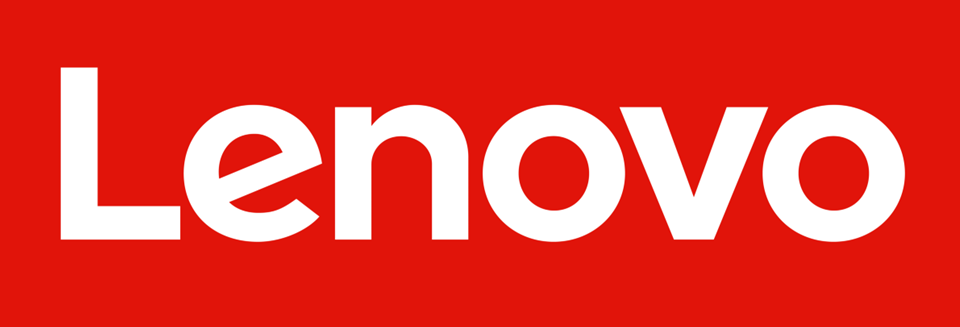
Overview: Lenovo provides pre-configured VR classroom kits with content from Veative and Wild Immersion, targeting school districts across North America and Europe.

Overview: VIVE Offers high-end VR hardware and works with content creators for immersive science and vocational training solutions.
By region, Insights into the markets in North America, Europe, Asia-Pacific, Latin America and MEA are provided by the study.
Among the Virtual Reality (VR) in Education market regions, North America has been the market leader. This is due to several reasons such as the adoption of innovative technologies by the region early on, the existence of top VR technology firms, and heavy investment in education technology. North America, and the United States in particular, has led the way to introduce VR technology into K-12 and post-secondary education and corporate training programs. The region's advanced education infrastructure, income levels on disposable income, and desire for innovative ways of learning have established a specific market for the adoption of VR technology. In addition, North American educational institutions in North America are also making more use of VR to offer interactive learning experiences that maximize students' engagement, making it the highest adopter of VR technology in schools.
In addition, North America has access to extensive funding and research endeavours that encourage the creation of new applications of VR specific to education. Partnerships between government and the private sector are also propelling the advancement of VR technologies within education, leading to its prevalence in the market.
Asia-Pacific will be the most rapidly growing market for VR in education. It is driven primarily by fast-evolving technology infrastructure, a vast pool of students, and rising investments in e-learning. Nations such as China, India, and Japan are fast adopting VR into their educational frameworks, both in schools and universities, as well as in vocational training. The region's growing middle class, increasing need for innovative education solutions, and government efforts to improve education through technology make Asia-Pacific a prime driver of future market growth. Moreover, the affordability of VR hardware in the region is expected to drive mass adoption, making it the fastest-growing market in the world.
AI-Powered Virtual Tutors: Integration with GPT models for personalized learning.
Metaverse Campuses: Fully immersive universities offering degrees in virtual environments.
Haptic & Gesture-Based Learning: Enhanced sensory feedback for simulations.
Curriculum-Aligned Content Libraries: Region-specific VR lessons mapped to national standards.
Affordable VR Kits for Developing Regions: Increasing NGO and edtech partnerships to scale accessibility.
IMIR Market Research is a global market intelligence and consulting organization that provides syndicated research reports, customized research reports, and consulting services. We are known for our actionable insights and authentic reports in various domains including, Semiconductor, aerospace, Automation, Agriculture, Food & Beverages, Automotive, Chemicals and Materials, and virtually all domains and an exhaustive list of sub-domains under the sun. We create value for clients through our highly reliable and accurate reports.